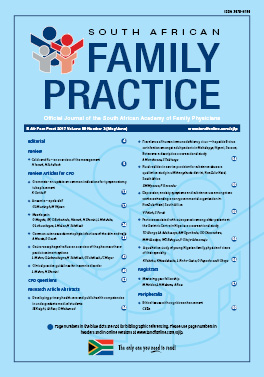Muscle pain
Keywords:
muscle pain, myalgia, sprains, strains, analgesics, opioids, nsaids
Abstract
Muscle pain, also known as myalgia, is most commonly associated with sprains or strains. It frequently presents as redness at the site of injury, tenderness, swelling and fever. Muscle pain may occur as a result of excitation of the muscle nociceptor due to overuse of the muscle, viral infections or trauma. The most important endogenous substance released in response to the damaged tissues or nociceptor nerve endings in regards with muscle pain is adenosine triphosphate (ATP). Optimal pain management involves a combination of non-opioid, opioid analgesics, adjuvants, as well as non-pharmacologic strategies. Non-opiod analgesics include paracetamol and non-steroidal anti-inflammatory drugs (NSAIDs) like ibuprofen, which are indicated for mild to moderate pain. Whereas moderate to severe pain acquires opiod analgesics. This article provides an overview of muscle pain, the management and treatment thereof.
Section
Review Articles
By submitting manuscripts to SAFP, authors of original articles are assigning copyright to the South African Academy of Family Physicians. Copyright of review articles are assigned to the Publisher, Medpharm Publications (Pty) Ltd, unless otherwise specified. Authors may use their own work after publication without written permission, provided they acknowledge the original source. Individuals and academic institutions may freely copy and distribute articles published in SAFP for educational and research purposes without obtaining permission.

